Browse Books
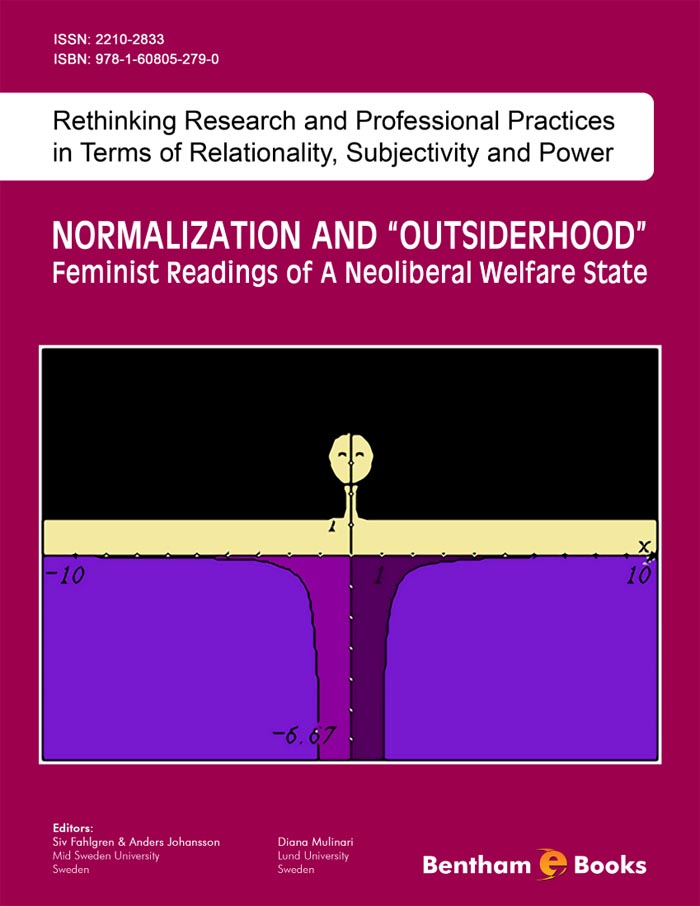
NORMALIZATION AND "OUTSIDERHOOD" Feminist Readings of a Neoliberal Welfare State
Rethinking Research and Professional Practices in Terms of Relationality, Subjectivity and Power: Volume 2
Sep 2011
Book
Siv Fahlgren,
Anders Johansson and
Diana Mulinari
This volume presents an illuminating analysis of the ways in which normalization processes and practices operate in a welfare state in an age of neoliberalism. This informative book problematizes the meaning of the phrase ‘normalization processes and practices’ that for an Anglophone audience may smack of functionalism. The historical context of the deliberate adoption of normalization processes and practices in Sweden in the post-World Wa Read More
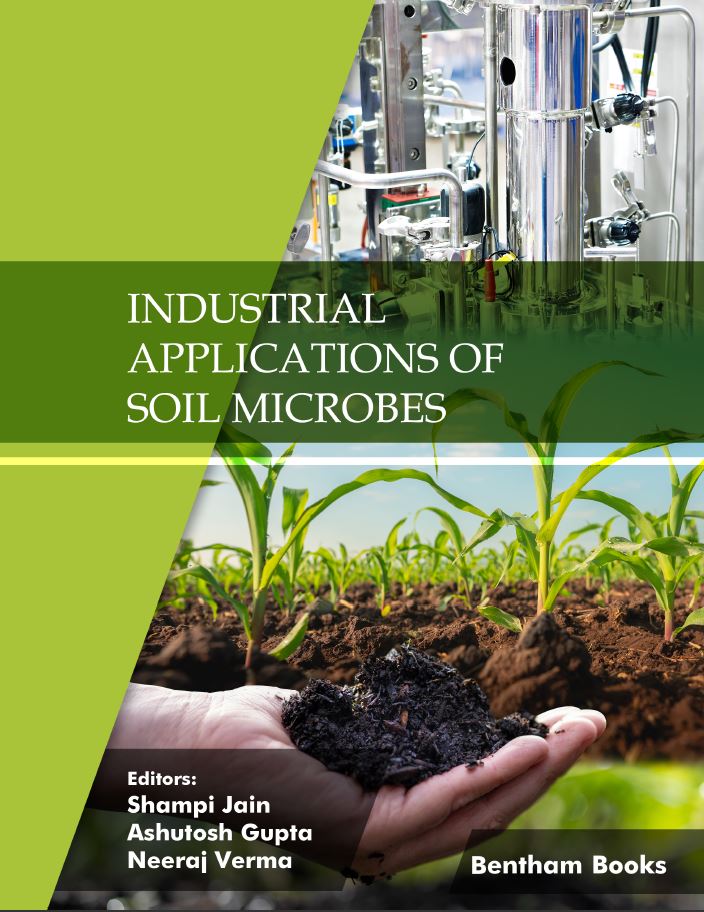
Nano Materials Induced Removal of Textile Dyes from Waste Water
Oct 2022
Book
Nanotechnology has progressed to the point where it can mimic natural systems such as porous membranes or the structure of leaves. Technological advances have resulted in a boom in the use of nanotechnology in different areas of engineering including water purification systems. This book explores nanomaterials used for removing various textile dyes from water. It compiles 8 chapters that discuss the materials and nano systems used in thes Read More
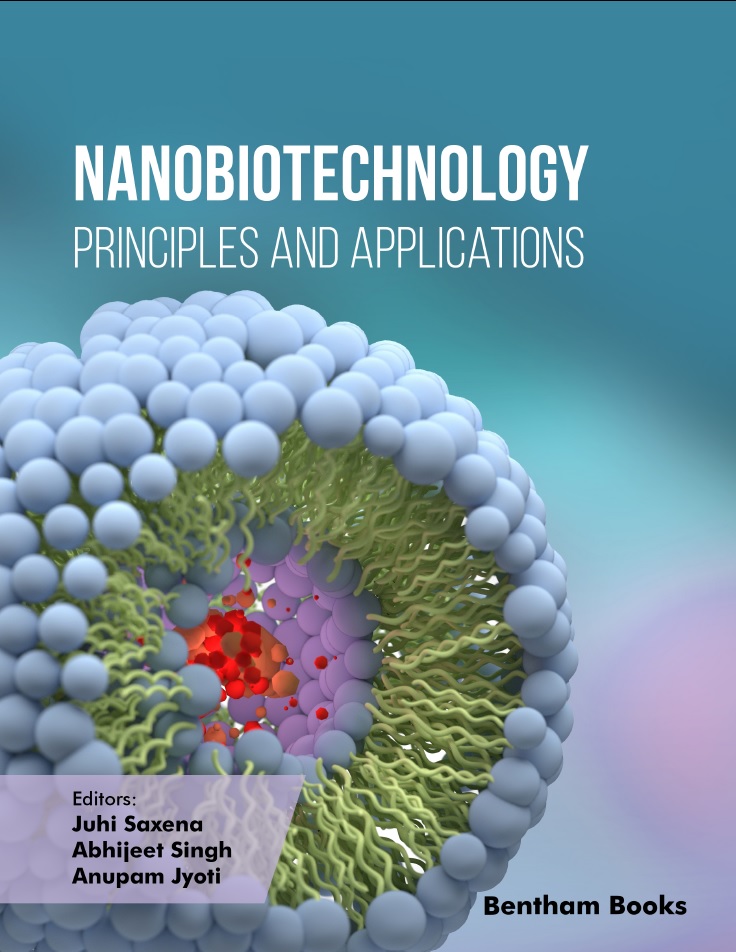
Nanobiotechnology: Principles and Applications
Apr 2023
Book
Juhi Saxena,
Abhijeet Singh and
Anupam Jyoti
Nanobiotechnology is the application of nanotechnology in biological fields. Nanobiotechnology is a multidisciplinary field that currently engages researchers in conventional as well as advanced avenues of engineering and natural sciences.The recent developments in nanobiotechnology have impacted various socio-economic sectors including medical agriculture food textile and other industries. Although the integration of nanomaterials with biology has l Read More
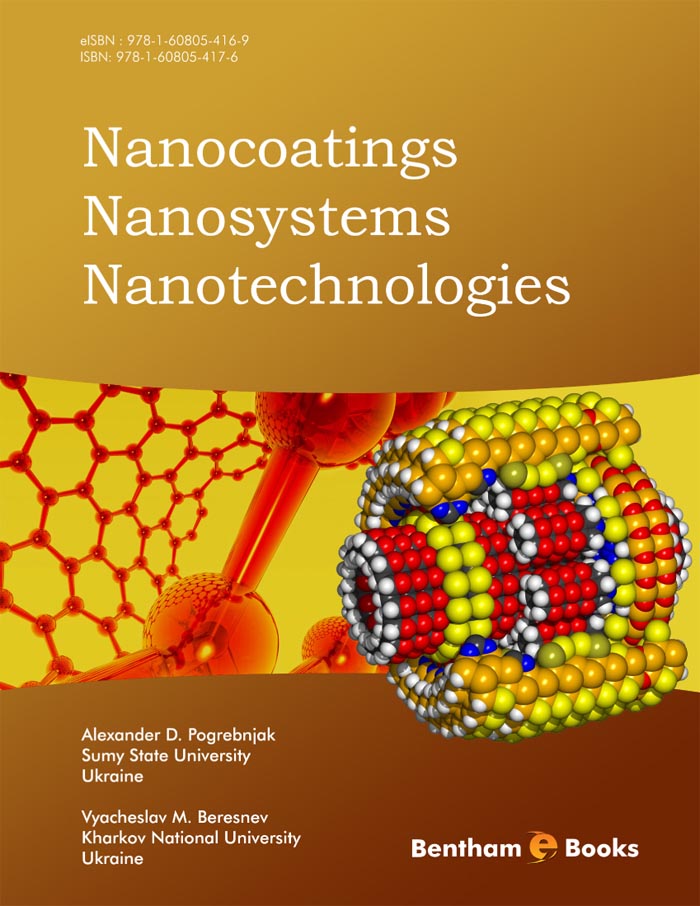
Nanocoatings Nanosystems Nanotechnologies
Sep 2012
Book
This Reference eBook deals with an existing classification of a nanosized structure and an analysis of its properties. It summarizes an information about how a grain size affects physical mechanical thermal and other properties of a nanostructured material. A basic method which is employed for a fabrication of an isolated nanoparticle an ultradisperse powder a compact nanocystalline nanoporous and amorphous material a fullerene a nanotube and a nanos Read More
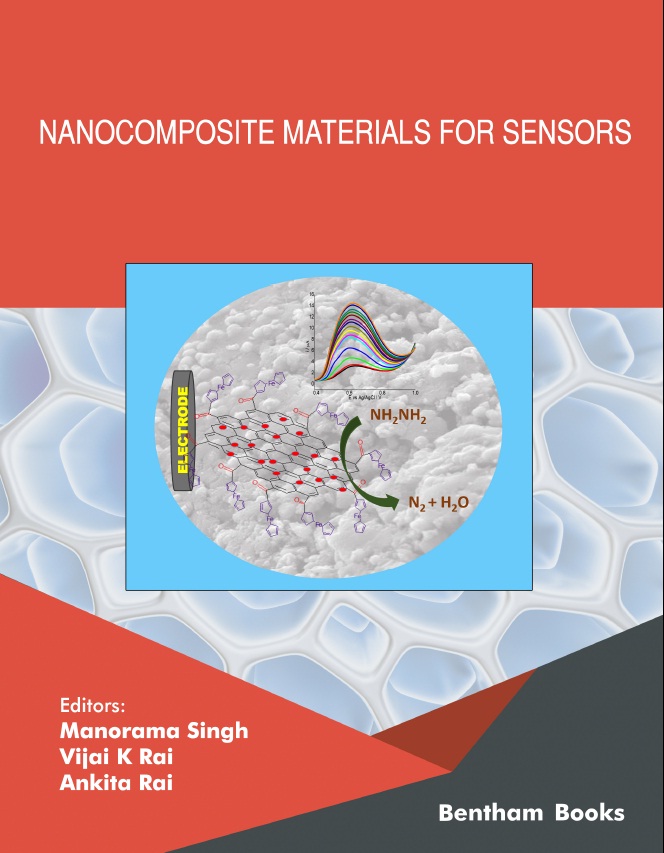
Nanocomposite Materials for Sensors
Apr 2022
Book
Manorama Singh,
Vijai K Rai and
Ankita Rai
This reference reviews the reported literature on new approaches of nanocomposite material preparation and their applications in the development of physical chemical electrochemical biological fluorescence and colorimetric sensors. Sensor nanomaterials have been extensively used to amplify signals in the detection of a range of chemicals including toxic gases biochemical nutrients ions explosives pesticides and drugs to name a few. 14 chapter c Read More

Nanoelectronics Devices: Design, Materials, and Applications (Part I)
Oct 2023
Book
Gopal Rawat and
Aniruddh Bahadur Yadav
Nanoelectronics Devices: Design Materials and Applications provides information about the progress of nanomaterial and nanoelectronic devices and their applications in diverse fields (including semiconductor electronics biomedical engineering energy production and agriculture). The book is divided into two parts. The editors have included a blend of basic and advanced information with references to current research. The book is intended as an updat Read More
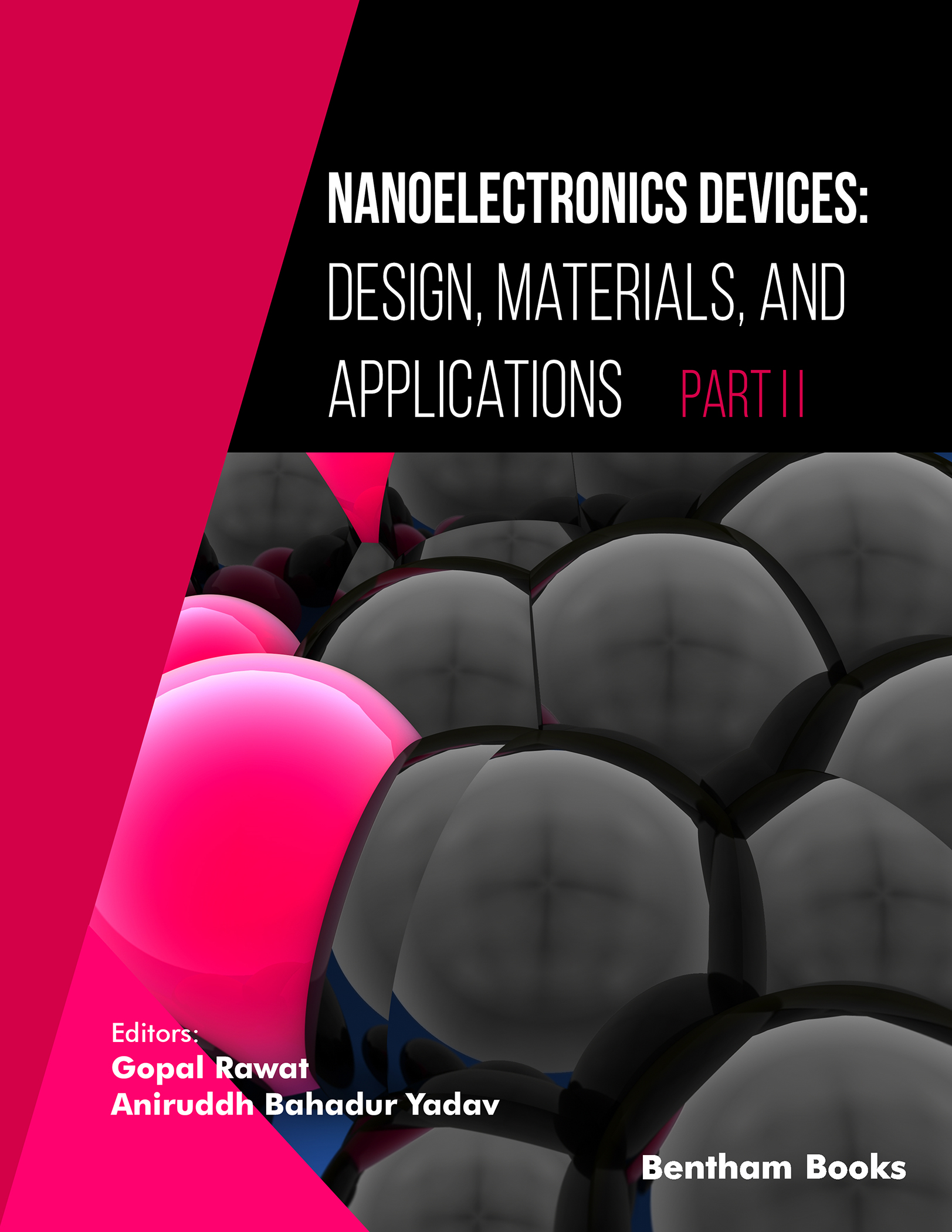
Nanoelectronics Devices: Design, Materials, and Applications - Part 2
Nov 2023
Book
Gopal Rawat and
Aniruddh Bahadur Yadav
Nanoelectronics Devices: Design Materials and Applications provides information about the progress of nanomaterial and nanoelectronic devices and their applications in diverse fields (including semiconductor electronics biomedical engineering energy production and agriculture). The book is divided into two parts. The editors have included a blend of basic and advanced information with references to current research. The book is intended as an updat Read More
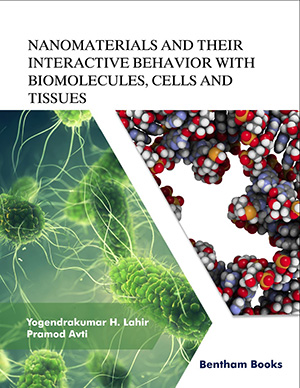
Nanomaterials and Their Interactive Behavior with Biomolecules, Cells and Tissues
Aug 2020
Book
Nanoscience is a multidisciplinary area of science which enables researchers to create tools that help in understanding the mechanisms related to the interactions between nanomaterials and biomolecules (nanotechnology). Nanomaterials represent nanotechnology products. These products have an enormous impact on technical industries and the quality of human life. Nanomaterials directly or indirectly have to interact with biosystems. It is t Read More
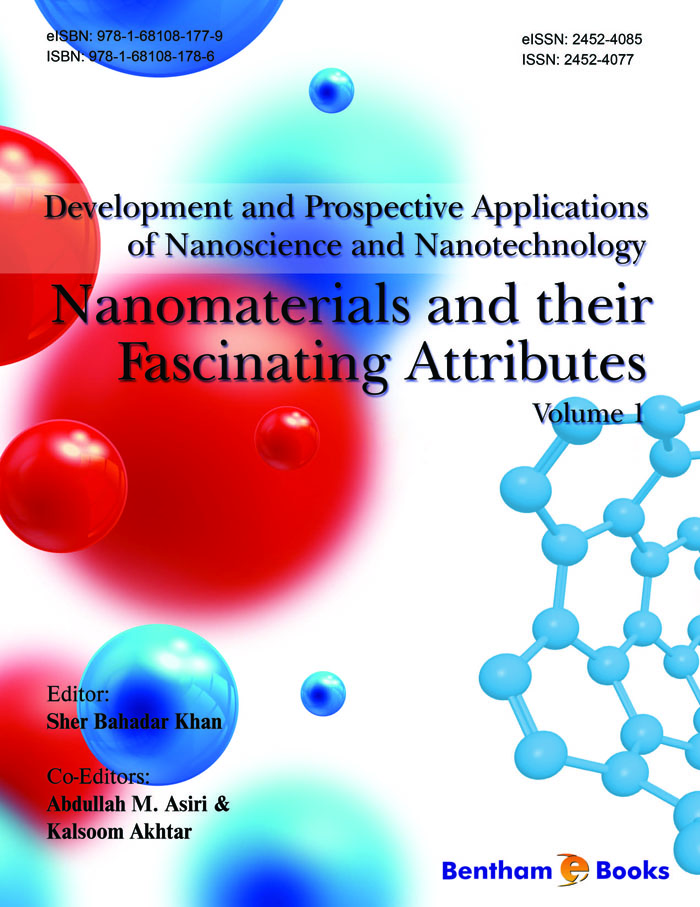
Nanomaterials and their Fascinating Attributes
Jan 2016
Book
Sher Bahadar Khan,
Abdullah M. Asiri and
Kalsoom Akhtar
Nanotechnology is a diverse science that has brought about new applications in fields such as colloidal science device physics and supra molecular chemistry. This volume gives an overview of the development of nanomaterial applications in energy and power generation medicine and healthcare water purification biotechnology electronics sporting goods environmental issues military defense and textile/fabric industries. The text also explains the fundament Read More
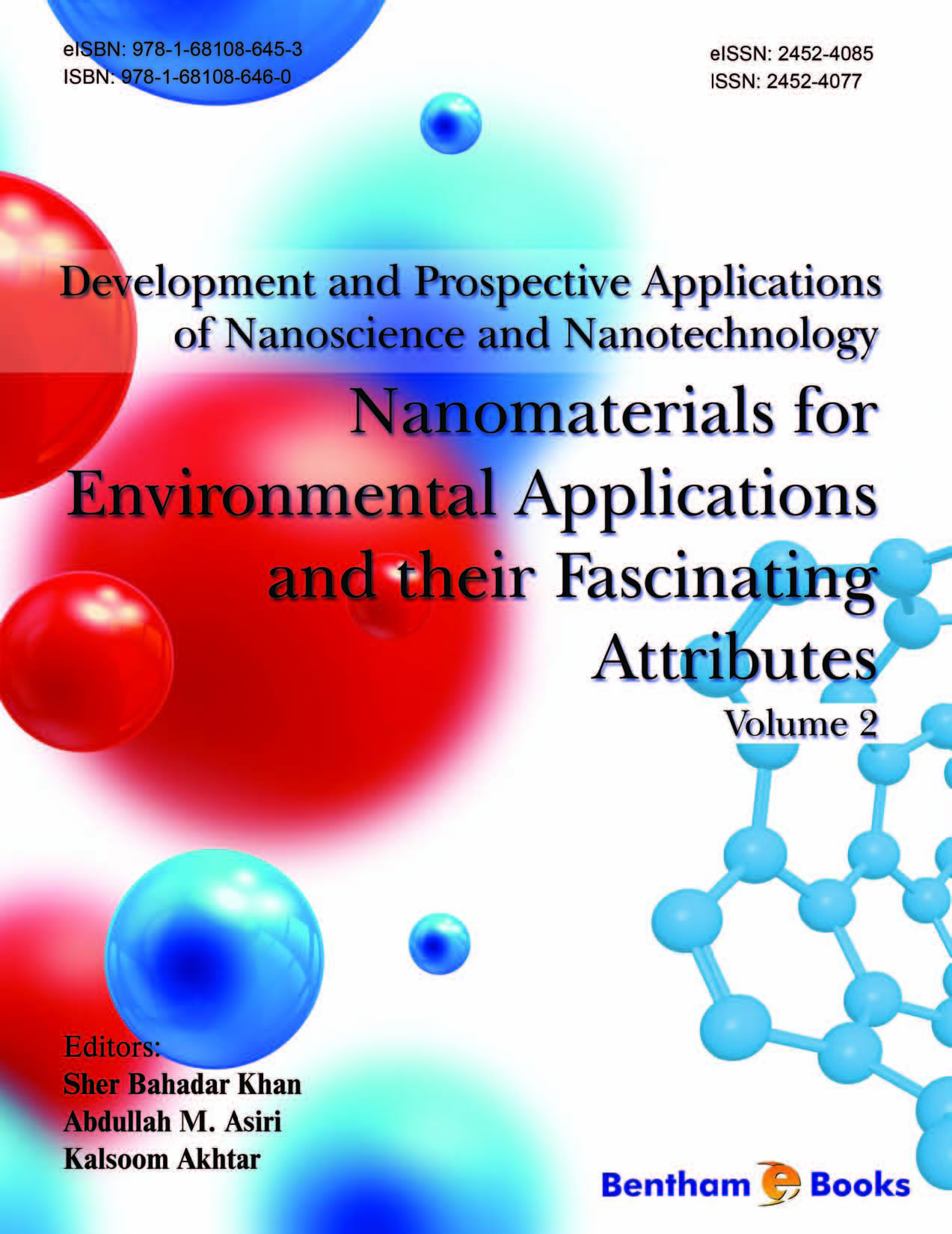
Nanomaterials for Environmental Applications and their Fascinating Attributes
Aug 2018
Book
Sher Bahadar Khan,
Abdullah M. Asiri and
Kalsoom Akhtar
Nanotechnology is a diverse science that has brought about new applications in fields such as colloidal science device physics and supra molecular chemistry.Environmental pollution treatment by nanomaterials is an emerging application of nanotechnology. It is gaining importance because of the increased environmental challenges due to the impact of modern industrial activities. Industrial activity involves the production and use of various Read More

Nanomaterials in Glioblastoma Research, Diagnosis and Therapy
Mar 2025
Book
Nanomaterials in Glioblastoma Research Diagnosis and Therapy offers a comprehensive exploration of how nanotechnology is revolutionizing the fight against glioblastoma (GBM) one of the deadliest and most treatment-resistant brain cancers. The book covers the molecular and epigenetic mechanisms underlying GBM laying the foundation for innovative strategies in diagnosis and therapy. It highlights cutting-edge advances including nanomateria Read More
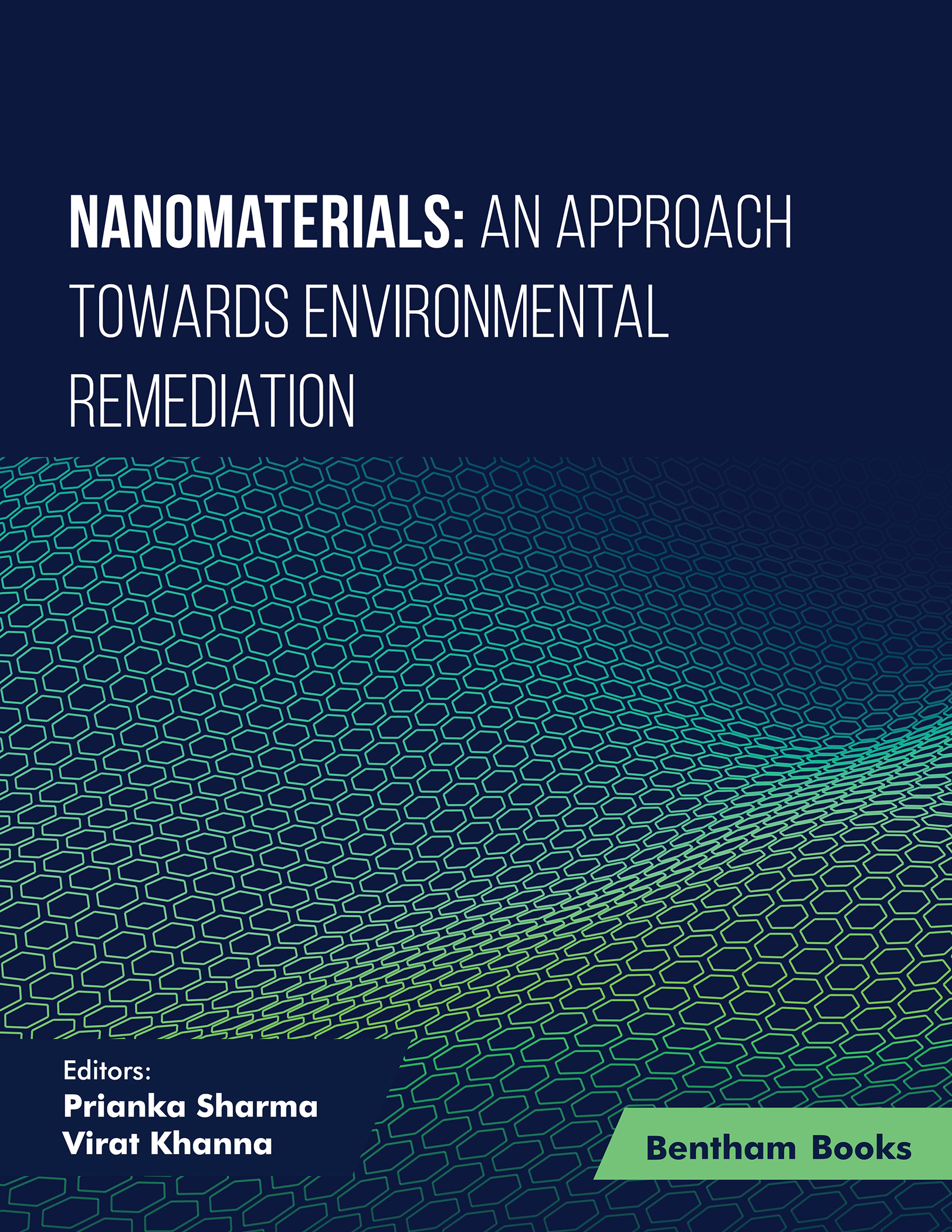
Nanomaterials: An Approach Towards Environmental Remediation
Sep 2024
Book
Prianka Sharma and
Virat Khanna
This book explains various methods needed to overcome the challenges faced during environmental remediation with a focus on nanotechnology. The book comprises ten edited chapters that aim to inform and educate readers about recent technologies that are beneficial for pollution control.Starting with an introduction to environmental remediation the book covers innovative nanomaterials including spinel nanoferrites carbonaceous quantum dots ca Read More

Nanomaterials: Evolution and Advancement Towards Therapeutic Drug Delivery (Part I)
May 2021
Book
Surendra Nimesh,
Nidhi Gupta and
Ramesh Chandra
The development of a vector for the delivery of therapeutic drugs in a controlled and targeted fashion is still a major challenge in the treatment of many diseases. The conventional application of drugs may lead to many limitations including poor distribution limited effectiveness lack of selectivity and dose dependent toxicity. An efficient drug delivery system can address these problems. Recent nanotechnology advancements in the biomedical field h Read More
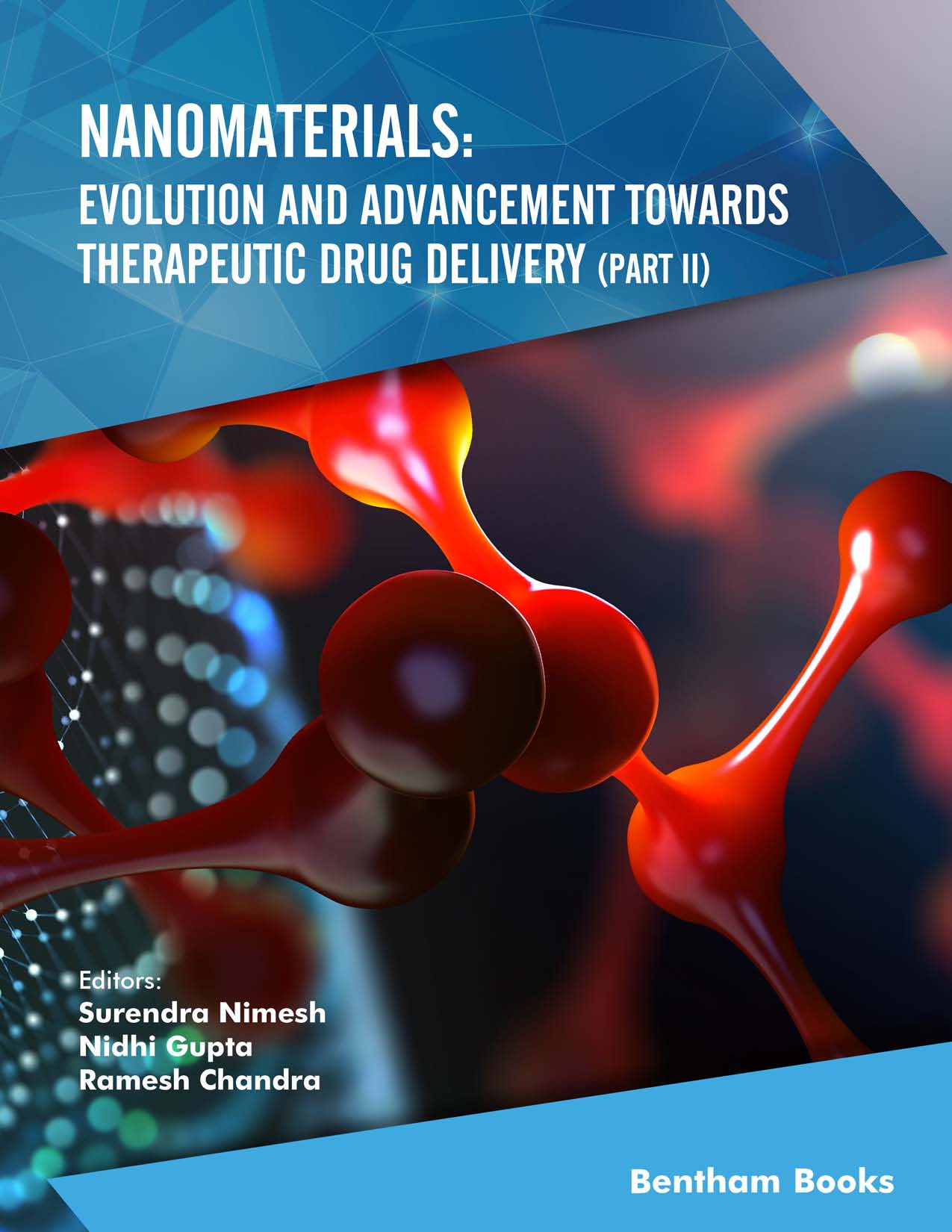
Nanomaterials: Evolution and Advancement towards Therapeutic Drug Delivery (Part II)
Jun 2021
Book
Surendra Nimesh,
Nidhi Gupta and
Ramesh Chandra
The development of a vector for the delivery of therapeutic drugs in a controlled and targeted fashion is still a major challenge in the treatment of many diseases. The conventional application of drugs may lead to many limitations including poor distribution limited effectiveness lack of selectivity and dose dependent toxicity. An efficient drug delivery system can address these problems. Recent nanotechnology advancements in the biomedical field h Read More

Nanomedicinal Approaches Towards Cardiovascular Disease
Jul 2021
Book
Fahima Dilnawaz and
Zeenat Iqbal
Nanomedicinal Approaches Towards Cardiovascular Disease summarizes information about nanotechnology that is used in the diagnosis and regenerative treatment of heart diseases. Chapters in this reference introduce the reader to the basics of cardiac nanomedicine and cardiac regeneration before moving to advanced topics such as nanomedicine in cardiovascular diagnosis imaging and therapeutics. Key Features - 13 chapters that cover nanotechn Read More
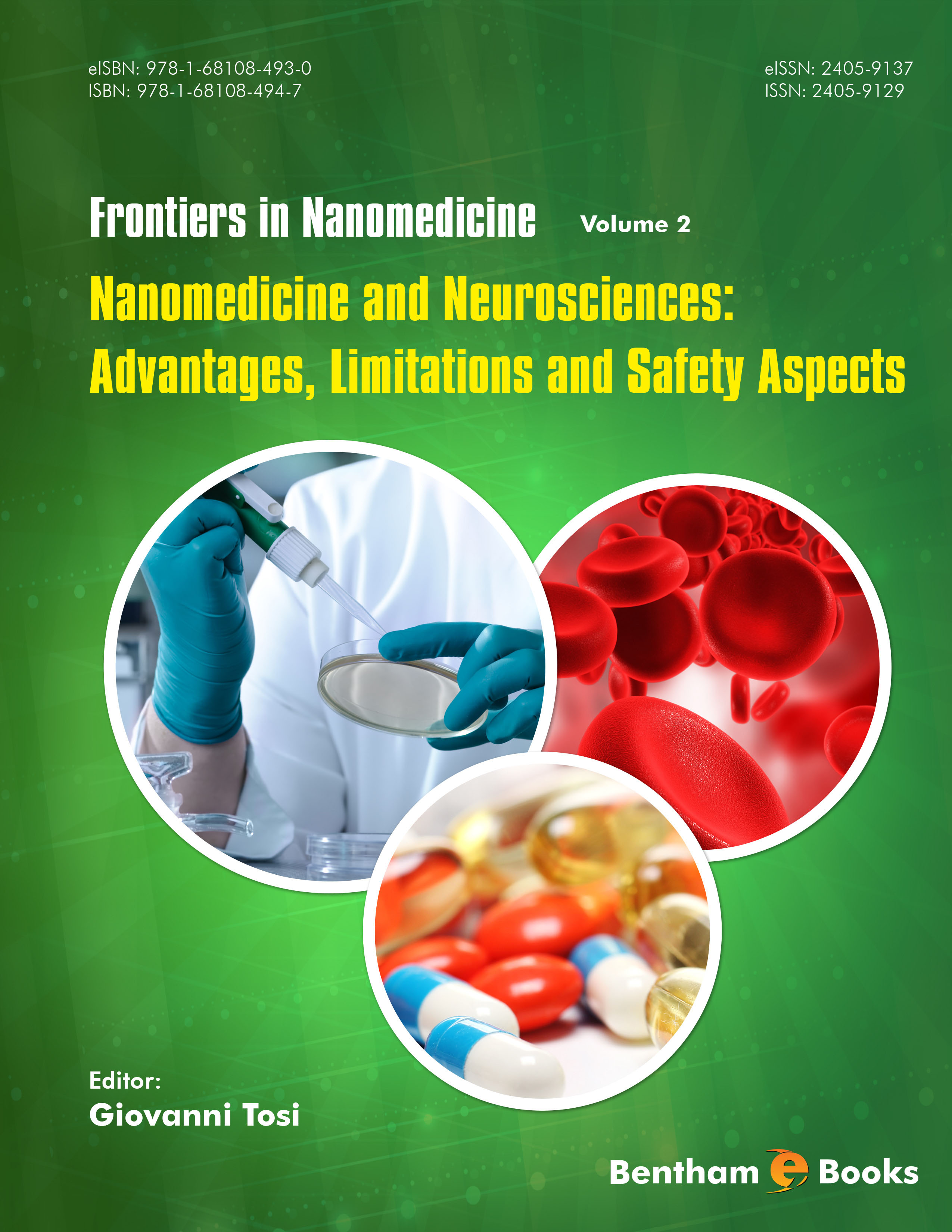
Nanomedicine and Neurosciences: Advantages, Limitations and Safety Aspects
Jun 2017
Book
Giovanni Tosi
Frontiers in Nanomedicine offers an up-to-date understanding of nanomaterials to readers having clinical or biomolecular research interests. Scientists both aspiring and experienced will find in each volume a comprehensive overview of current molecular strategies for using nanoscale materials in medicine.Nanomedicine and Neurosciences: Advantages Limitations and Safety Aspects presents different aspects of nanomedicine applied to ne Read More

Nanoparticles and Nanocarriers Based Pharmaceutical Preparations
Dec 2022
Book
Akhlesh K. Jain and
Keerti Mishra
Nanomedicine is a rapidly expanding field because of its benefits over conventional drug delivery technology as it offers site-specific and target-oriented delivery of therapeutic agents. Nanoparticles and Nanocarriers Based Pharmaceutical Preparation presents a structured summary of recent advances and discoveries in nanomedicine and nanocarrier-based drug delivery. The book covers several key topics in a very simple and easy to understand lan Read More
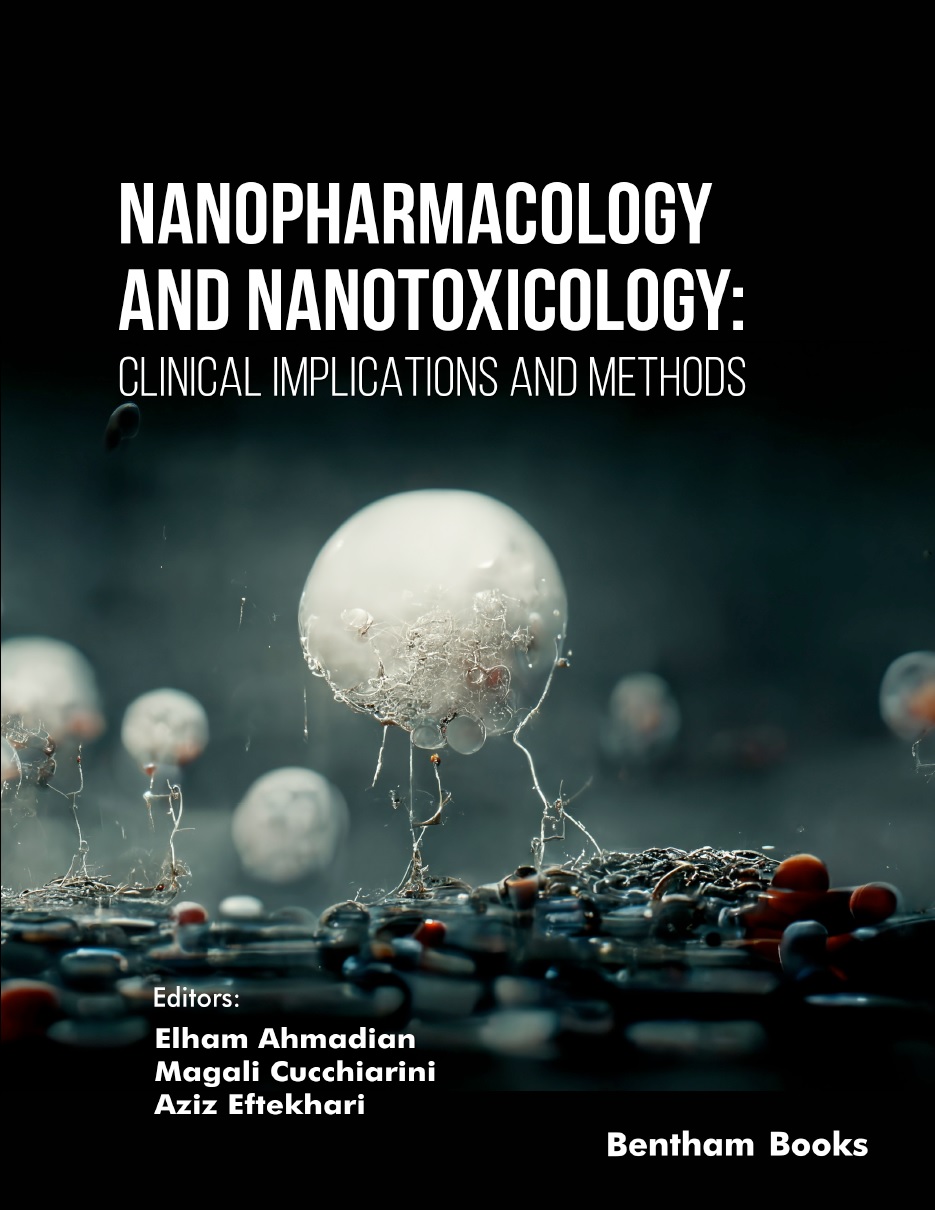
Nanopharmacology and Nanotoxicology: Clinical Implications and Methods
May 2023
Book
Elham Ahmadian,
Magali Cucchiarini and
Aziz Eftekhari
This book explains key concepts and applications of nanotechnology in clinical medicine and pharmacology. The chapters have been contributed by experts and provide a broad perspective about the current and future developments in pharmacology toxicology cell biology and materials science. The book is divided into 2 main sections. The first section concerns nanobiotechnology for human health including gastrointestinal disease kidney diseases pul Read More

Nanoscale Field Effect Transistors: Emerging Applications
Oct 2023
Book
Ekta Goel and
Archana Pandey
Nanoscale Field Effect Transistors: Emerging Applications is a comprehensive guide to understanding simulating and applying nanotechnology for design and development of specialized transistors. This book provides in-depth information on the modeling simulation characterization and fabrication of semiconductor FET transistors. The book contents are structured into chapters that explain concepts with simple language and scientific references. The core of t Read More

Nanoscience Applications in Diabetes Treatment
Dec 2023
Book
Ali Rastegari
Nanotechnology has shown immense promise for advancing blood glucose control. This technology offers the potential to safeguard pancreatic cells from autoimmune destruction by driving the creation of innovative therapeutic agents that can be delivered to specific targets. In this book you will find a comprehensive exploration of diabetes and its approved medical treatments. The book delves into how nanotechnology can amplify the efficacy o Read More
No more items...
